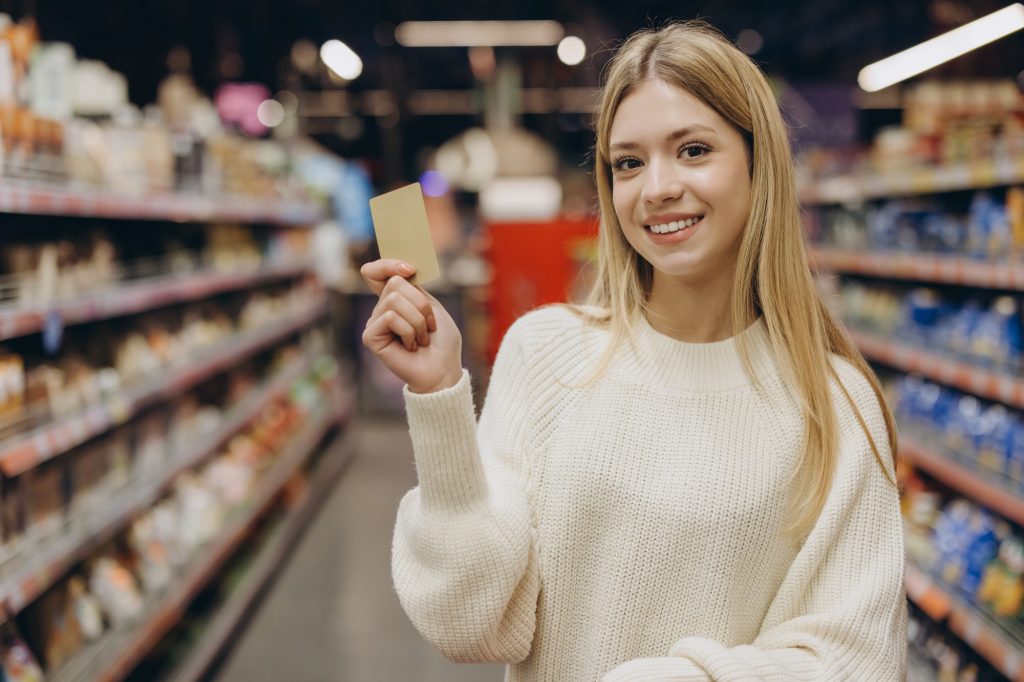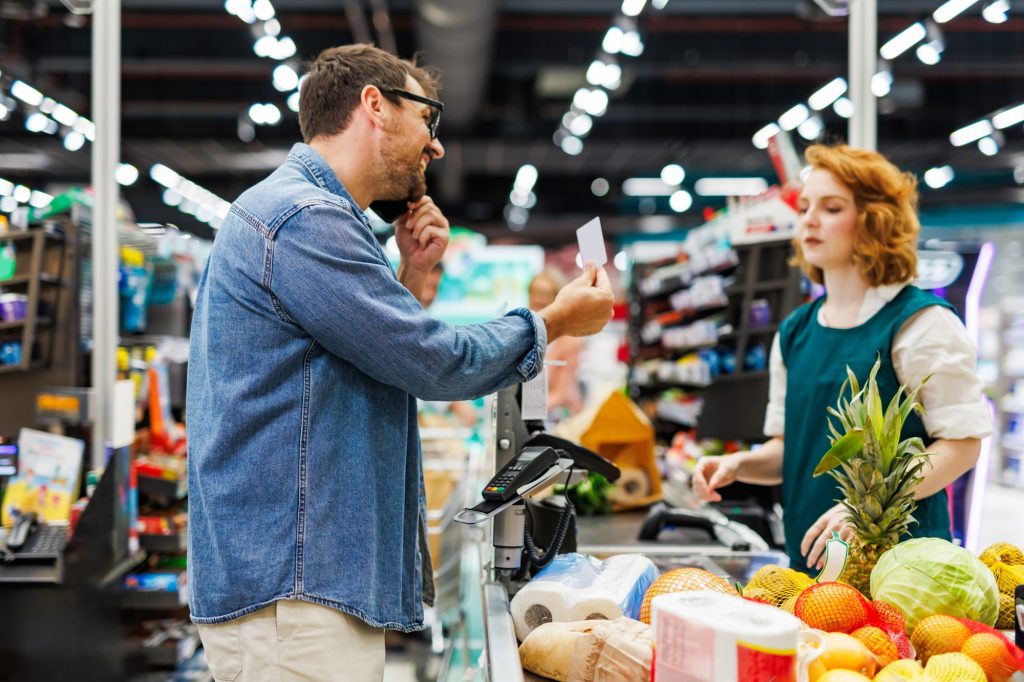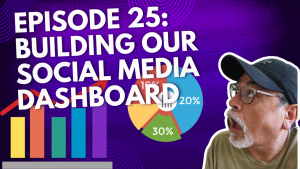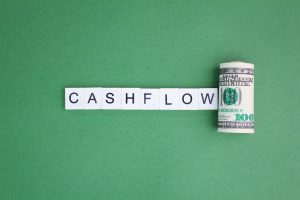When Google confirmed Chrome would phase out third-party cookies, fashion label BedHead Pajamas did not buy more ads; instead it asked customers to share style preferences in exchange for early-access codes. In ninety days, revenue per user among members jumped two-fold, backed by a public case note from its loyalty vendor. The lesson echoed across retail: when shoppers volunteer information, trust, and the repeat purchase rate, scale faster than any retargeting pixel.
Academic work agrees. Frontiers scholar Polonioli points out that zero party data (ZPD) arrives by explicit consent, sidestepping accuracy limits baked into inferred profiles while handing consumers control over use. Behavioral economists view that control as a powerful reciprocity trigger; people reciprocate brands that first respect agency.

Why Zero Party Data Beats Guesswork
Unlike first party data, which logs past clicks, zero party data captures future intent, favorite flavors, birthday wish-lists, preferred pickup windows. Marketing-analytics teams prize that foresight. MDPI researchers Li et al. (2025) show that gamified disclosures raise brand engagement scores by 27 percent, a precursor to higher spend.
The psychological payoff sits in self-determination theory. By asking rather than scraping, retailers satisfy a customer’s need for autonomy; that alone lifts willingness to purchase by roughly 15 percent, according to Doğan-Südaş’s (2023) survey of 351 mobile shoppers.
Digital Punch Cards Make Data Capture Painless
Early ZPD experiments struggled with clunky surveys. Enter the digital punch card. Apps such as Loopy Loyalty swap paper stamps for wallet-based cards that record every coffee or manicure tap, then prompt one-click questions at milestone punches. The micro-interaction feels like a game, not a form.
Because the digital punch card lives inside Apple or Google Wallet, staff never handle devices, removing friction for both guest and barista. Each punch supplies fresh first party data, time of day, location, item mix, and the voluntary flavor poll stitched into the tenth-purchase reward delivers pure zero party data. Done right, the twin streams feed a personalization loop invisible to the customer yet measurable at the register.
Loyalty Gamification Turns Data Into Desire
Data alone does not drag shoppers back, motivation does. That is where loyalty gamification thrives. In a 2025 MDPI study, mini-challenges and progress bars lifted perceived enjoyment, which in turn predicted loyalty scores more strongly than discount size.
Oracle Lighting offers proof. After adding tier badges, spin-to-win coupons, and preference quizzes to its rewards hub, the auto-accessory brand saw a 154 percent leap in repeat purchase rate. Notably, quizzes generated color-temperature preferences, a textbook zero party data nugget, while games supplied urgency for the next order.
Gamification also nudges sustainable behavior: Liu’s (2020) augmented-reality experiment found that playful quests doubled opt-ins to share location for personalized deals.

Legal Guardrails That Cement Trust
Collecting zero party data without clear boundaries erodes the very trust it promises. The European Union’s GDPR and California’s CPRA both classify preference surveys as personal data, requiring purpose specification and easy revocation. Sustainability journal author Yu et al. (2023) demonstrate that visible incentives and transparent opt-outs increase willingness to share by up to 18 percent even among privacy-sensitive users.
Practical safeguards include:
- Consolidated privacy dashboards where members edit or delete answers within two clicks.
- Granular consent flags: one for product updates, another for partner perks.
- Server-side tagging to prevent third-party piggy-backing on ZPD forms.
These measures transform compliance into differentiation, reinforcing the loyalty halo around the brand.
Proving ROI With Real Numbers
Zero party data evangelists often quote uplifts; here are documented ones:
- Oracle Lighting: repeat purchase rate rose 154 percent post-rollout of a gamified program that blended survey questions with point multipliers.
- BedHead Pajamas: loyalty members generated 2× revenue per user after a digital punch card launch that captured pajama-style preferences.
- Fetch Rewards: 40 percent higher likelihood of second purchase for shoppers who share receipts in exchange for points, proving that voluntary data plus reward loops fuels behavior change.
Even category-wide stats reinforce the curve: LoyaltyLion’s 2024 Black Friday cohort showed active members were four times more apt to buy again than non-members (public data sheet). These are not modeled projections; they are ledger entries.
Blueprint To Double Repeat Purchase Rate
A narrative, not a checklist:
- Invite the first share at signup. Replace obligatory addresses with one playful slider, “Which roast do you crave?”, earning a free topping. The swap cuts form fatigue and seeds the ZPD vault.
- Anchor the habit with a digital punch card. Every stamp surfaces a micro-poll, “Cold brew or espresso tomorrow?”, aligning engagement with data capture.
- Layer loyalty gamification. Weekly quests (“buy before 10 AM twice this week”) grant bonus points, raise dopamine, and unearth contextual ZPD like commute times.
- Combine ZPD + first party data for real-time offers. A morning commuter who says “espresso” and whose POS record shows muffin purchases receives a bundled offer before 9 AM, not a random afternoon blast.
- Audit privacy posture quarterly. Map each data field to its reward value and retention schedule; publish the chart in plain English. Transparency lowers opt-out rates, as Yu’s findings predict.
Execute those five moves and the brand earns loyalty by giving agency, not stealing attention. The result is the measurable leap retailers crave, a repeat purchase rate that routinely crests the 2× mark.
The cookie era rewarded surveillance; the cookieless era rewards conversation. Brands thriving today do not whisper behind customers’ backs; they ask bold questions in daylight, store the answers ethically, and repay honesty with unmistakable value.
Zero party data sits at the heart of that exchange, harvested through digital punch card taps, enriched by loyalty gamification, cross-checked against first party data, and ultimately proven in a soaring repeat purchase rate. For retailers hungry to turn passers-by into patrons, and patrons into passionate advocates, the strategy is less about spending on ads and more about listening with purpose.




































